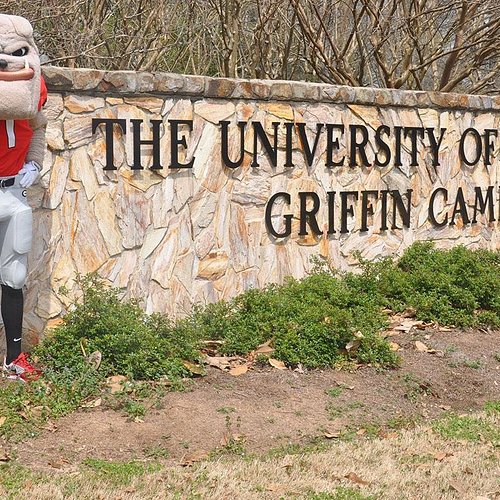Top 10 Historic Sites in Griffin, Georgia (GA)
Griffin is a city in and the county seat of Spalding County in the U.S. state of Georgia. It is part of the Atlanta metropolitan area. As of the 2010 census, the city had a population of 23,643.
Restaurants in Griffin
1. Griffin Spalding Historical Society
Overall Ratings
5.0 based on 1 reviews
The Griffin Spalding Historical Society was founded in 1969 to present the stories of Griffins past, present and future in a variety of engaging and exciting ways through, programs, collections and research. Today the Historical Society owns and operates The Bailey-Tebault House located at 633 Meriwether Street in Griffin, which is available for rent to host your next event.
2. Camp Stephens Confederate Camp
Overall Ratings
5.0 based on 1 reviews
Confederate Infantry Camp Stephens was named for Alexander H. Stephens, vice-president of the Confederacy. Nearly all troops in Confederacy Army from Georgia were mobilized here and at Cavalry Camp Milner, located at the present Griffin Municipal Park. Spalding County provided nine companies, Infantry, Cavalry and Artillery, to the Confederate Army and a number of militia companies.
3. Doc Holliday Dental Office
Overall Ratings
5.0 based on 1 reviews
John Henry “Doc” Holliday returned to Griffin to finally claim his inheritance in 1872 at age 21. After reportedly practicing dentistry here, “Doc” later sold the property and was soon on his way to Texas.
4. The Georgia Experiment Station
The Georgia Experiment Station, one of the first State Agricultural Experiment Stations established in the country, was located in Spalding County, Georgia in 1888. The primary objective of its work program is to develop information which will aid in improving the living standards of the people in Georgia, particularly those interested in agriculture.
5. The original Courthouse
The original Courthouse was constructed in 1859 for $12,000 at 232 East Broad Street by the railroad tracks. Columbus Hughes was the architect and David Demarest the builder. One of 15 surviving antebellum Georgia courthouses, it is a relatively rare example of the Italianate style of architecture. The steeple and clock tower were removed in 1910 and it was converted to a jail in 1914. Following t
6. St. George's Episcopal Church
This parish was formally organized in 1859 by the Right Reverend Stephen Elliott, the first Bishop of Georgia. The Gothic Revival sanctuary's cornerstone was laid in November 1869. The old rectory, now in use as administrative offices, was built in 1893. The Grantland Memorial Parish hall, designed by Hentz, Reid, and Adler, was built in 1921.
7. Sam Bailey Building
Named for Sam Wesley Bailey, a banker and landowner who came to Griffin after the Civil War, this school was built in 1870 as the Griffin Male Institute, a private school, at what is now East Poplar Street and 4th Street. Now a part of the Griffin Spalding County School System’s administrative complex. Gilman Drake was the builder of this two-story brick building with Italianate details.
8. Lewis-Mills House
The Mills House, also known as the Lewis-Mills House, is a historic residence in Griffin, Georgia. It was added to the National Register of Historic Places on October 18, 1972. It is a fine example of a Greek Revival "temple-front" house, and perhaps was designed by Charles B. Cluskey. It was built in the 1850s for the Lewis family, and was long occupied by the Mills family.
9. Double Cabins
Mitchell-Walker-Hollberg House. The site was added to the National Register of Historic Places on 03/07/1973The Greek Revival house, built in 1842, was named "Double Cabins" because that was the name of the stage coach stop across the road. The house was built by Shatteen Mitchell and "is a good example of the provincial adaptation of Greek Revival forms to an upcountry Georgia plantation home."
10. The Griffin Opera House
Host your next event, party, or concert at The Griffin Opera House. We offer a full service bar as well. Step back in time when you enter the Griffin Opera House. Built in the 1800's it has been beautifully decorated to reflect its original decor.





